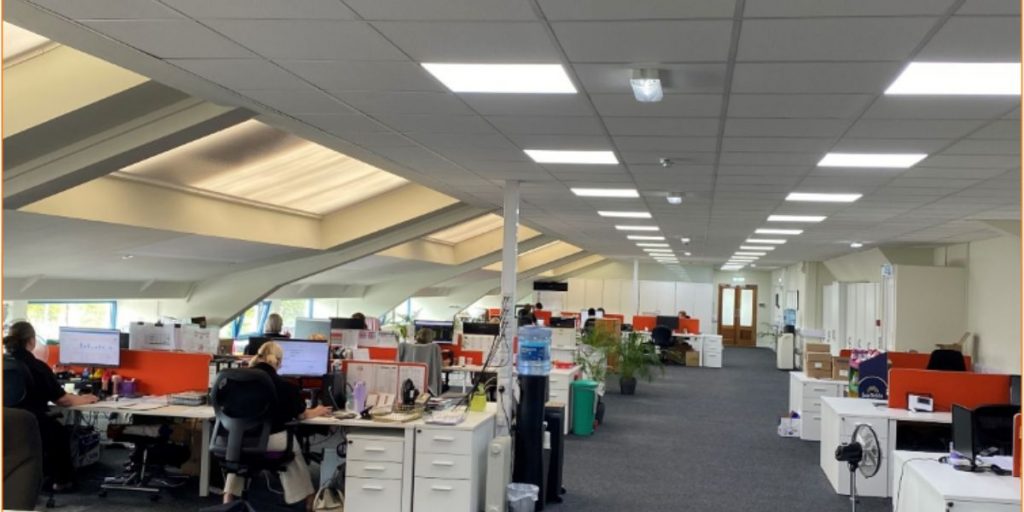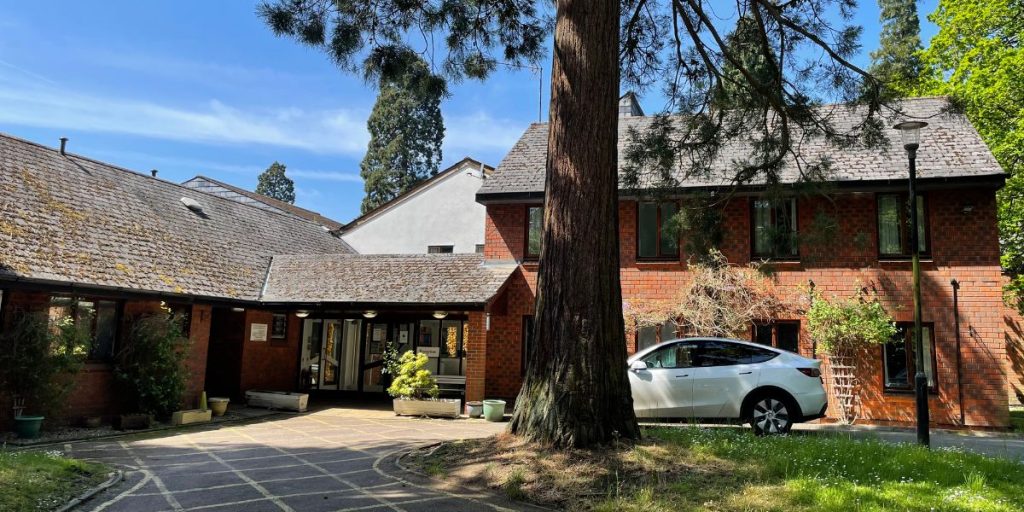EPC-E, 1 Bedroom flat, Eastbourne East Sussex
Project Name
- Client: University of Brighton
- Date: Autumn 2023
- Category: Retrofit Heating, Social Housing
Independent testing by University of Brighton
NexGen vs Direct Electric Panel Heaters
Pre-Installation Findings
Detailed findings based on convection air temperature sensor measurements:
Tenant Situation:
Hard to heat flat with high ceilings (3.6m or 12ft) and an EPC E rating.
Issue:
Tenant reported the sitting room and entrance hall failed to reach above 17°C (63ºF) on cold winter days in December ’22, with slow warm-up using convection-based electric wall radiators.
Supplementary Heating:
Client was using additional portable electric radiators on cold days, with the property showing high humidity levels.
Heat dissipation:
The property was ground floor with minimal solar gain and had a large bay window with high thermal losses.
Project Facts
NexGen vs Direct electric panel heaters
Independent testing by University of Brighton
Flat with high ceilings (3.6m or 12ft)
EPC E rating
Failing to reach above 17 degrees on cold days
Net Result
390 kWh
Average monthly consumption with Electric heaters / radiators
196 kWh
Average monthly consumption Post NexGen installation
NexGen provided a 50% energy consumption saving over the existing Direct Electric Heaters with no additional fabric measures
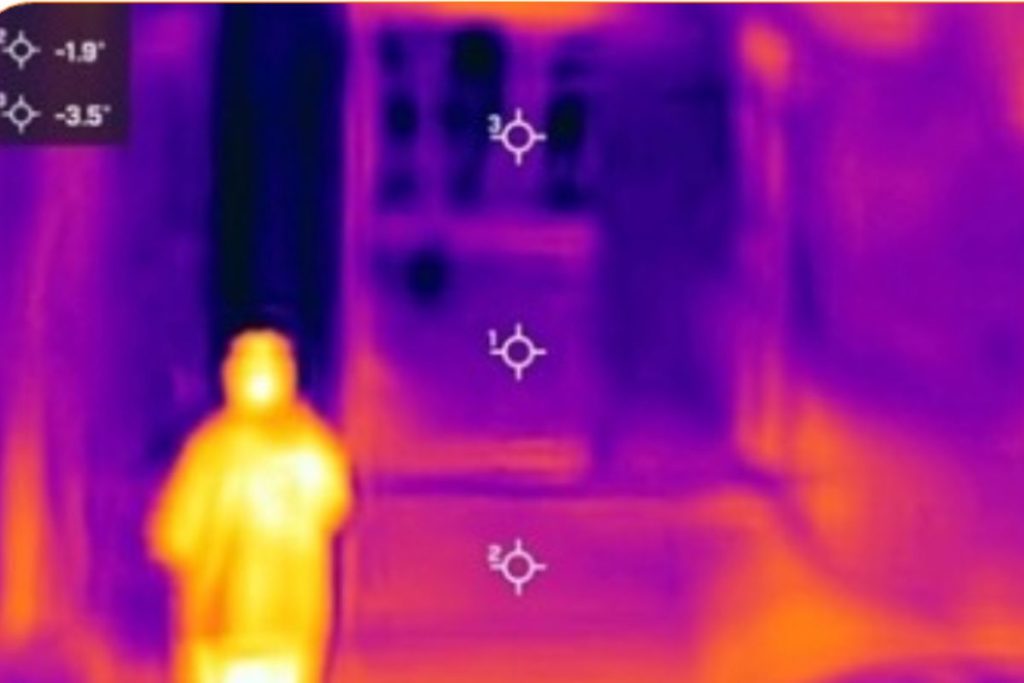
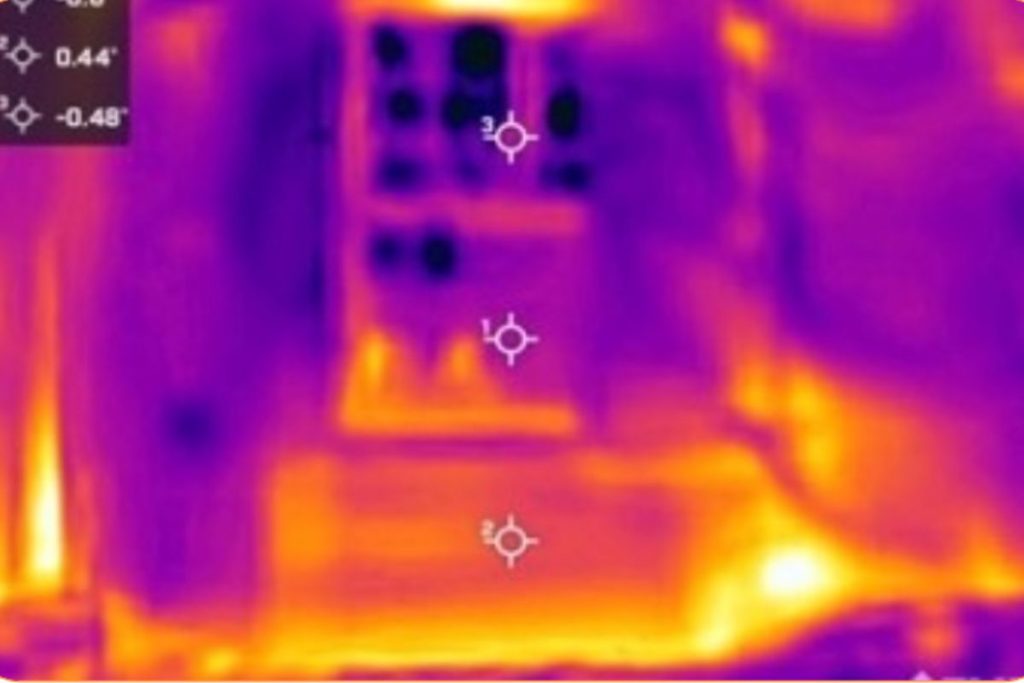
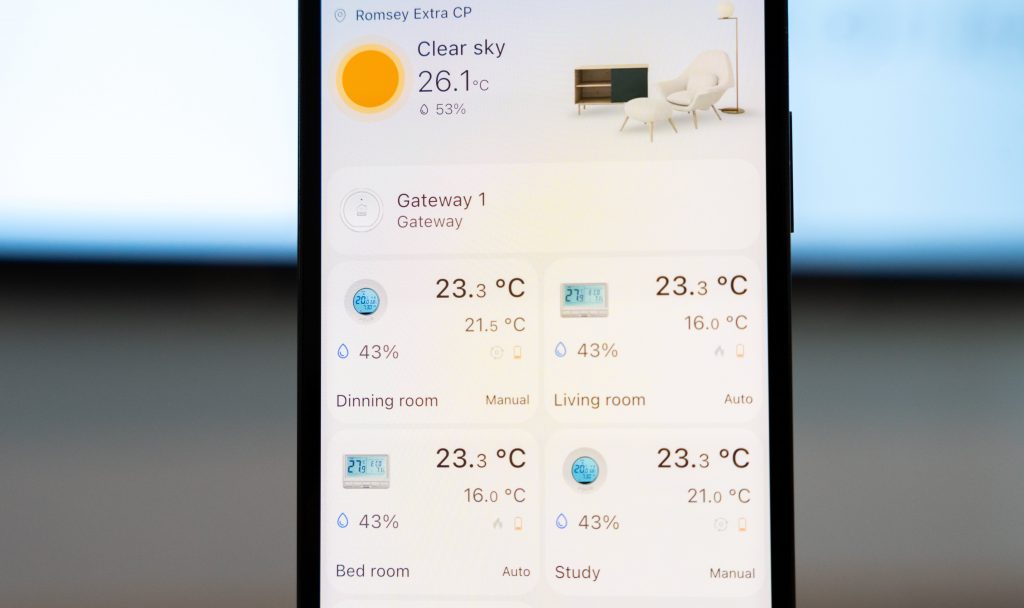
Post-NexGen Installation Findings (no additional fabric measures)
NexGen Solution: FXPE Insulated foam backed IR heating elements
Efficient Heating: Delivered efficient cyclical and zonal heating.
Rapid Warm-Up: Quickly warmed up to the target temperature (e.g., 20°C in 75 minutes from designated cold start test – external 2°C).
Energy Reduction: 50% reduction in energy usage over 5 month heating season. Average monthly consumption 196 of kWh.
Comfort: Tenant defined comfortable heat at 19°C.
Humidity Control: Significant reduction in humidity.
Initial Support: System timed for two heating cycles per day, with manual app adjustments for comfort.
Stabilised Humidity: Humidity now stable under 60%.





